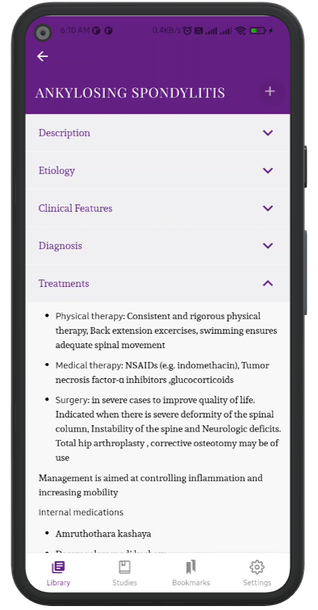CHOLELITHIASIS
Description
- Cholelithiasis refers to the presence of abnormal concretions (gallstones) in the gallbladder. Gallstones are essentially of three types: Cholesterol stones (80%), Pigment stones (20%) and rare stones (1%)
- Patient with cholelithiasis become symptomatic due to inflammation or obstruction caused by the stones. Cholelithiasis can manifest with biliary colic (postprandial right upper quadrant pain) but is most commonly an incidental finding in asymptomatic individuals
Types
- Most gallstones are asymptomatic
- Symptomatic stones: Cardinal symptom is Biliary colic. It is usually sharp sudden pain in the right upper abdomen or epigastrium after a meal, often radiating to the back along the lateral chest wall and accompanied with or without nausea and vomiting. Pain lasts for 30 minutes to 6 hours
- Nausea, vomiting, early satiety
- Bloating, dyspepsia
Complications
- Emphysematous cholecystitis
- Cholecystoenteric fistula
- Mirzzi’s syndrome
- Porcelain gall bladder
Differential diagnosis
- Acute cholecystitis: Caused due to impacted stone in cystic duct or acute inflammation of gall bladder
- Choledocholithiasis : caused by Primary stone formed in the bile duct or stone passed from gall bladder
- Cholangitis : stone in bile duct causing obstruction
- Nephrolithiasis
- Gall bladder polyp
Investigation
- USG Abdomen is the best available method
- Abdominal X ray - limited utility as 75% of stones are radiolucent
- CT scan – evaluation of acute and chronic complications
- Magnetic resonance cholangio pancreatography (MRCP)
Treatments
- Provide supportive care.
- Laproscopic Cholecystectomy
- Oral dissolution therapy
Internal medicines
- Trayantyadi kashaya
- Saptasaram kashaya
- Vaishwanara choorna
- Trikatu choorna
- Siva gutika
- Drakshadi lehya
Department
Kayachikitsa

